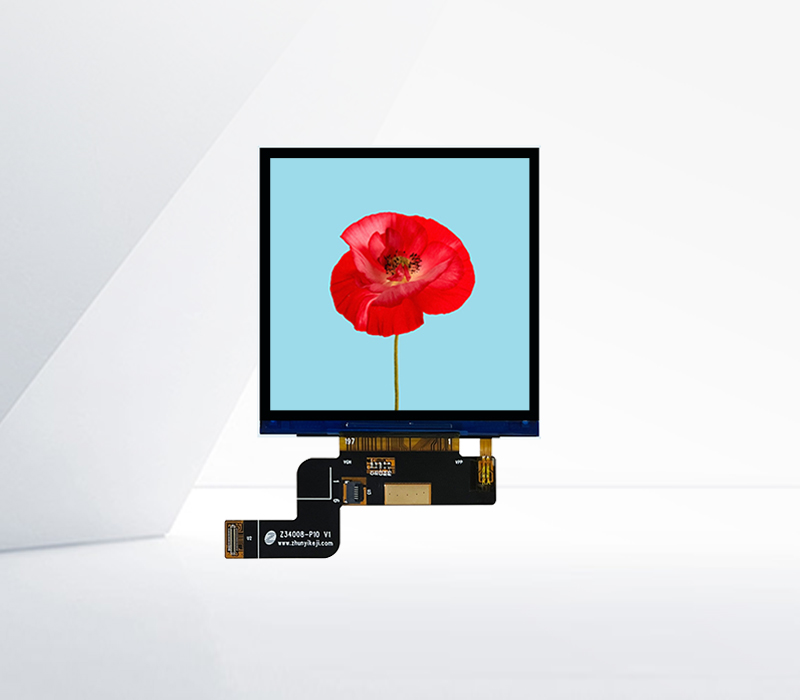




LCD (Liquid Crystal Display) color - temperature adjustable displays offer a significant advantage in various applications. The concept of color temperature is crucial in determining the visual appearance of the displayed content. Color temperature is measured in Kelvin (K) and represents the color of light emitted by a black - body radiator at a particular temperature.
In an LCD color - temperature adjustable display, users can modify the color temperature according to their preferences and the ambient lighting conditions. For instance, in a bright office environment with a lot of natural light, a higher color temperature (closer to the bluish - white end of the spectrum) may be preferred as it provides better contrast and visibility. On the other hand, in a dimly - lit room, a lower color temperature (towards the yellowish - white) can create a more comfortable viewing experience, reducing eye strain.
These displays use advanced backlight and color management systems. The backlight intensity and color balance can be adjusted to achieve the desired color temperature. Manufacturers often provide preset color temperature modes such as "daylight," "warm," and "cool" to make it easy for users to select the appropriate setting. This feature is not only beneficial for general consumers using LCD monitors for tasks like web browsing, gaming, or photo editing but also for professionals in fields such as graphic design, video editing, and photography. In graphic design, accurate color representation is essential, and the ability to adjust the color temperature ensures that the colors seen on the display match the intended output as closely as possible.
Moreover, in a multi - user environment, different users may have different preferences for color temperature. For example, in an office where employees share a workstation, each user can customize the color temperature to their liking when they start their session. This enhances user satisfaction and productivity. In addition, the color - temperature adjustable feature can also be useful for energy - saving purposes. By adjusting the color temperature, the backlight power consumption can be optimized, especially when a lower color temperature setting is used, which generally requires less power. Overall, LCD color - temperature adjustable displays provide a more flexible and user - friendly viewing experience.
